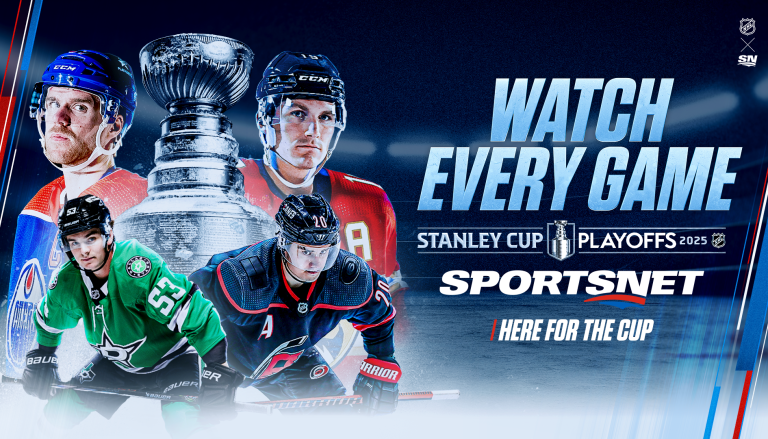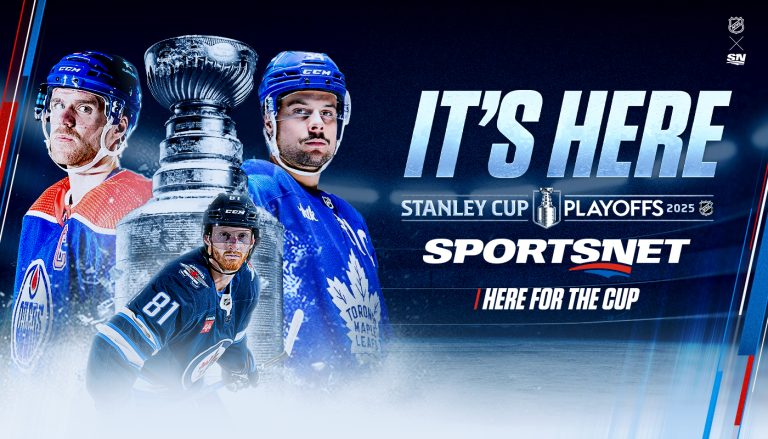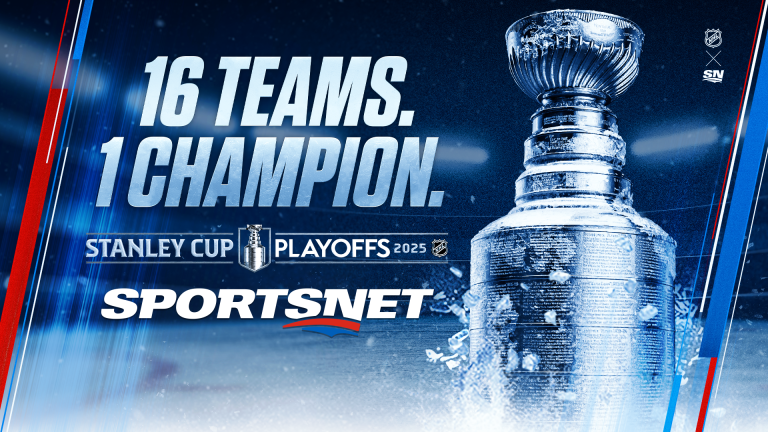Top 5 Predictions for a Cookieless Ad Ecosystem
With Google Chrome deprecating 3rd party cookies and the near total loss of the Apple IDFA, the ad industry has been forced to innovate and test new ways of reaching and measuring digital audiences at scale. These changes and the proposed alternatives have been met with varying degrees of optimism and excitement by leading industry experts. At Rogers Sports & Media, we’ve synthesized our latest interpretations into our top 5 predictions for a cookieless ad ecosystem.
- Marketing outcomes will not suffer once the cookie is deprecated
We call this the 3rd party cookie myth: the misconception that performance marketing requires person-level data. Don’t get us wrong, audience targeting is a useful marketing tactic; however, the industry has become blind to several issues here including; inaccuracies in the available data, inconsistency in audience segment definitions as well as the diminishing returns of hyper-targeting. We predict that marketing and business outcomes won’t change, just because we can’t target or measure users on a 1:1 basis and that large scale, privacy friendly alternatives will be just as good in driving these outcomes. Since low funnel activity will be harder to measure, we believe that marketers will have a renewed focused on panel based and probabilistic measurement. They will begin to build new data infused frameworks with advanced statistical modeling to help them understand the consumer journey and measure media effectiveness. We may even see a change in buying behaviour when marketers begin to realize they are overspent on some platforms. Which leads us to our next prediction.
- Publisher direct contextual alignment will have a resurgence and new contextual signalling will emerge
Less accurate and reduced scale of audience targeting paired with harder to measure conversion tactics will leave marketers unsure about their current digital strategies. An easy and scalable way to reach consumers is through contextual alignment with trusted sites and content producers. Like traditional Television, partnering with premium publisher networks gives marketers the ability to reach similar audiences en masse in brand safe environments. Improved contextual targeting solutions will emerge and allow marketers to reach audiences in real time through a deeper understanding of content within articles and videos.
- Google will continue to reign over programmatic targeting with FLOC
Google introduced their Privacy Sandbox, with various APIs to help media buyers and publishers navigate changes in Chrome. One such API is the Federated Learning of Cohorts (FLOC) and is an alternative to 3rd party cookies. We have two predictions for Google’s FLOC: First, media buyers will embrace them because they are large scale, easy to use, perceived as free and look and act like DV360’s segment catalogue. Second, FLOC will face challenges outside of the Google ecosystem – other major DSPs have already expressed they will not allow them on their platforms and in the EU FLOC is having trouble being tested in market due to regulation and privacy watch dogs scrutinizing their every move. Despite this, based on sheer size and scale, Google will continue to dominate the programmatic ecosystem.
- Identity solutions will start with a big bang but be followed by a rocky road to reaching critical scale.
Identity solutions like the Trade Desks’ open source UID 2.0 will be wholeheartedly embraced and there will be interest from marketers and publishers alike. Identity solutions are only as good as the data itself, which means it requires a new level of trust and participation by the industry. It appears everyone is waiting on others to make the first move and some parties stand to benefit more than others in this exchange. Additionally, as with all new technology, there will be challenges in set up, troubleshooting and execution delaying an otherwise good start. And despite the open source nature and safeguards around data hashing and matching, there will be hesitancy on the part of privacy and legal teams to share encrypted user data, such as emails and phone numbers which will make the transition slower than we would all like.
- The industry will move from consolidation to fragmentation with more walled gardens emerging
Over the last couple of years on the programmatic side we’ve seen a trend toward consolidation and simplification. Buyers now use a limited number of DSPs, publishers have consolidated ad serving and SSPs and the adtech companies themselves have been merging. With 3rd party data going away, there are few scalable alternatives for cross exchange open market buying (besides Google’s FLOC). As such, there will be increased adoption of data alternatives such as publisher first party data that will largely be available within publisher ecosystems. This change will create more walled gardens and in turn more fragmentation of targeting, measurement and campaign management. Marketers will either manage it themselves with a limited group of data and media providers or they will leverage agency relationships to manage it on their behalf. Agencies are uniquely positioned to emerge as a winner here as they have buying power to negotiate lower tech and platform fees for the numerous walled gardens, and they have the expertise for end to end management.
As these changes unfold and their effects realized, we’ll see a new level of openness and cooperation between marketers, publishers, agencies and ad tech companies. Many partners that we speak too in the industry have committed to staying flexible and to test out different solutions. At Rogers Sports & Media we are looking forward to these changes and continuing to support our media and marketing partners. To see how, check out our article on Navigating a Privacy Centric Ad Ecosystem with Rogers Sports & Media.
Written by: Rose Hutchison, Director Advanced Advertising Solutions
Back to top



